Three Sonatas BWV 1027-1029 - CEL(BSN)/PN
Composer: Bach, J.S.
Publisher: Barenreiter (Germany)
Edition: 51860
$39.95
Three Sonatas BWV 1027-1029
for viola da gamba (or cello, or bassoon) and harpsichord/cembalo
by Johann Sebastian Bach (1685-1750) - German Baroque composer
Sonata in G Major BWV 1027
The works might have been transcribed in order to assign the harpsichord with the new function of a relatively independent part within the ensemble. It is uncertain whether Bach wrote the version for viola da gamba already in Cothen or in Leipzig.
The Sonata in G Major BWV 1027 exists in a version for two flutes and basso continuo (BWV 1039) which undoubtedly shows an earlier stage of composition. Both versions presumably originate in a third one, a trio for two violins and basso continuo, also in G Major.
The Sonata in D Major BWV 1028 shows stylistic features which indicate a younger generation, particularly in the first movement. Whether this bases on a venture into the style galant (which Bach occasionally experimented with) or on a cooperation with a younger musician, for example, his son, CPE Bach, cannot be said with certainty. Just as doubtful is the instrumentation of the presumed original version; it was possibly a trio sonata with flue and violin in Eb Major or E Major or with two violins in D Major. In the slow movement, the main theme changes in a way which is atypical of Bach and leads to the assumption that this movement was based on a vocal composition (aria or duet). Because it is provable that Bach temporarily integrated an aria transcription into one of his violin sonatas, such a conclusion is by no means principally wrong.
Especially in the structure of the outer movements, the Sonata in g minor BWV 1029 comes close to several movements of the Brandenburg Concerti. its original may have been a work for strings, presumably a trio sonata, possibly also a concerto with two violins. Again the structure of the slow movement is somewhat out of the ordinary. Several organ works and chamber compositions prove that Bach occasionally combined movements from different works in his transcriptions- such could be the case here.
Because the sonatas are transcriptions, the harpsichord part is polyphonic two-voiced throughout and nowhere genuinely keyboard-like (except for the figured bass occasionally written out in the second sonata). In the existing sources (autographs of the Sonata in G major and g minor, of which the last no longer ascertainable) Bach does not ask for a two-manual instrument (unlike in several works of the "Klavieruebung") although the use of two manuals would be appropriate especially in the concerto-like movements. Bach was apparently convinced that he could express contrasts sufficiently without using dynamic nuances.
for viola da gamba (or cello, or bassoon) and harpsichord/cembalo
by Johann Sebastian Bach (1685-1750) - German Baroque composer
Sonata in G Major BWV 1027
1. Adagio
2. Allegro ma non tanto
3. Andante
4. Allegro moderato
Sonata in D Major BWV 1028
1. Adagio
2. Allegro
3. Andante
4. Allegro
Sonata in g minor BWV 1029
1. Vivace
2. Adagio
3. Allegro
Edited by Hans Eppstein. The three sonatas for viola da gamba and harpsichord obligato by Johann Sebastian Bach edited here in a version for cello and piano have been handed down to us only as separate works. Neither source material nor style indicate that the three works should be regarded as a whole. It is provable or at least feasible that all three sonatas were not originally conceived for this instrumentation. The musical substance and, therefore, the artistic status of the sonatas was not affected by this transcription. The works might have been transcribed in order to assign the harpsichord with the new function of a relatively independent part within the ensemble. It is uncertain whether Bach wrote the version for viola da gamba already in Cothen or in Leipzig.
The Sonata in G Major BWV 1027 exists in a version for two flutes and basso continuo (BWV 1039) which undoubtedly shows an earlier stage of composition. Both versions presumably originate in a third one, a trio for two violins and basso continuo, also in G Major.
The Sonata in D Major BWV 1028 shows stylistic features which indicate a younger generation, particularly in the first movement. Whether this bases on a venture into the style galant (which Bach occasionally experimented with) or on a cooperation with a younger musician, for example, his son, CPE Bach, cannot be said with certainty. Just as doubtful is the instrumentation of the presumed original version; it was possibly a trio sonata with flue and violin in Eb Major or E Major or with two violins in D Major. In the slow movement, the main theme changes in a way which is atypical of Bach and leads to the assumption that this movement was based on a vocal composition (aria or duet). Because it is provable that Bach temporarily integrated an aria transcription into one of his violin sonatas, such a conclusion is by no means principally wrong.
Especially in the structure of the outer movements, the Sonata in g minor BWV 1029 comes close to several movements of the Brandenburg Concerti. its original may have been a work for strings, presumably a trio sonata, possibly also a concerto with two violins. Again the structure of the slow movement is somewhat out of the ordinary. Several organ works and chamber compositions prove that Bach occasionally combined movements from different works in his transcriptions- such could be the case here.
Because the sonatas are transcriptions, the harpsichord part is polyphonic two-voiced throughout and nowhere genuinely keyboard-like (except for the figured bass occasionally written out in the second sonata). In the existing sources (autographs of the Sonata in G major and g minor, of which the last no longer ascertainable) Bach does not ask for a two-manual instrument (unlike in several works of the "Klavieruebung") although the use of two manuals would be appropriate especially in the concerto-like movements. Bach was apparently convinced that he could express contrasts sufficiently without using dynamic nuances.

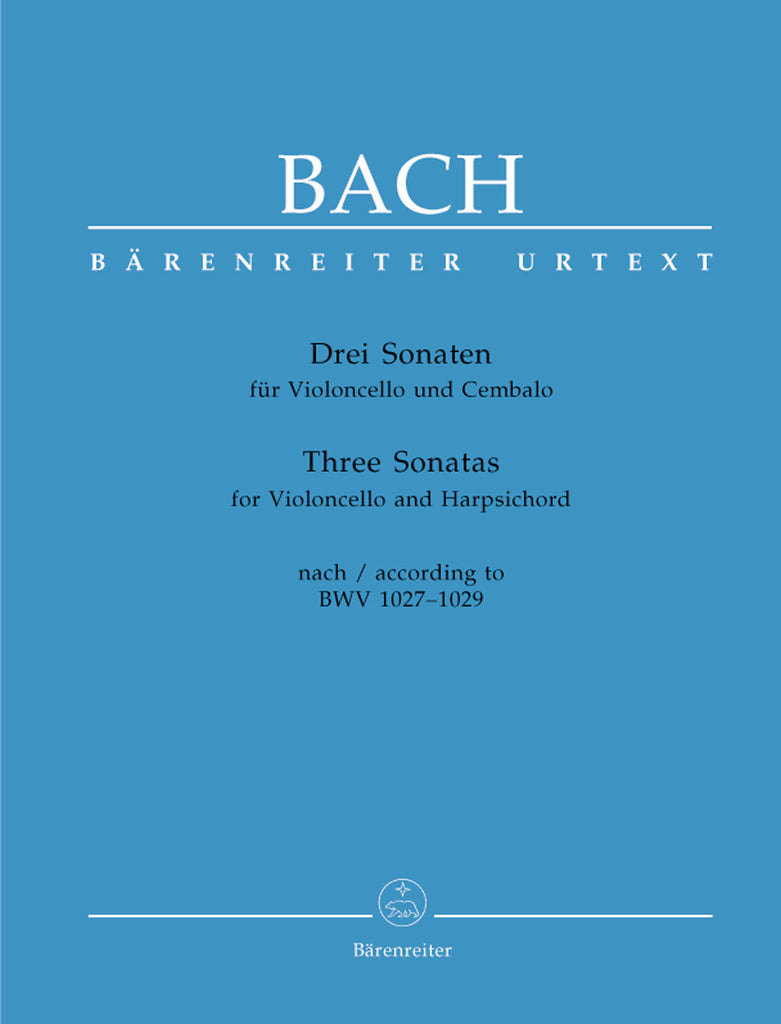
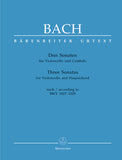
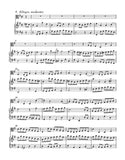
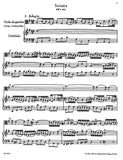
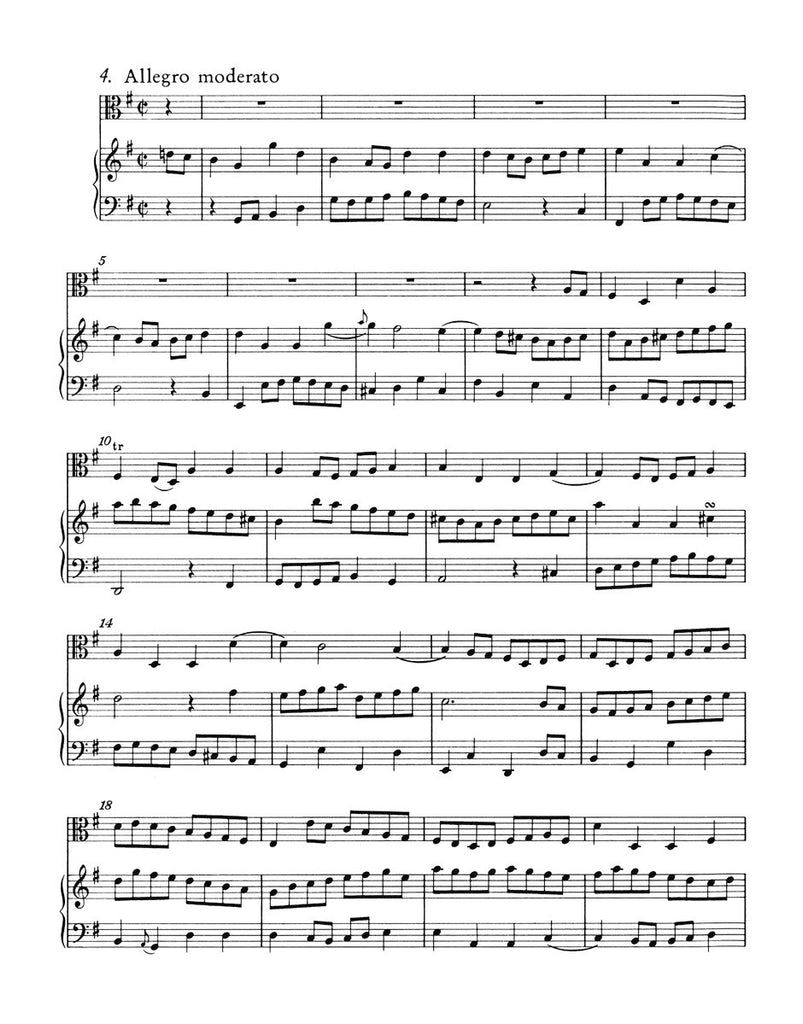
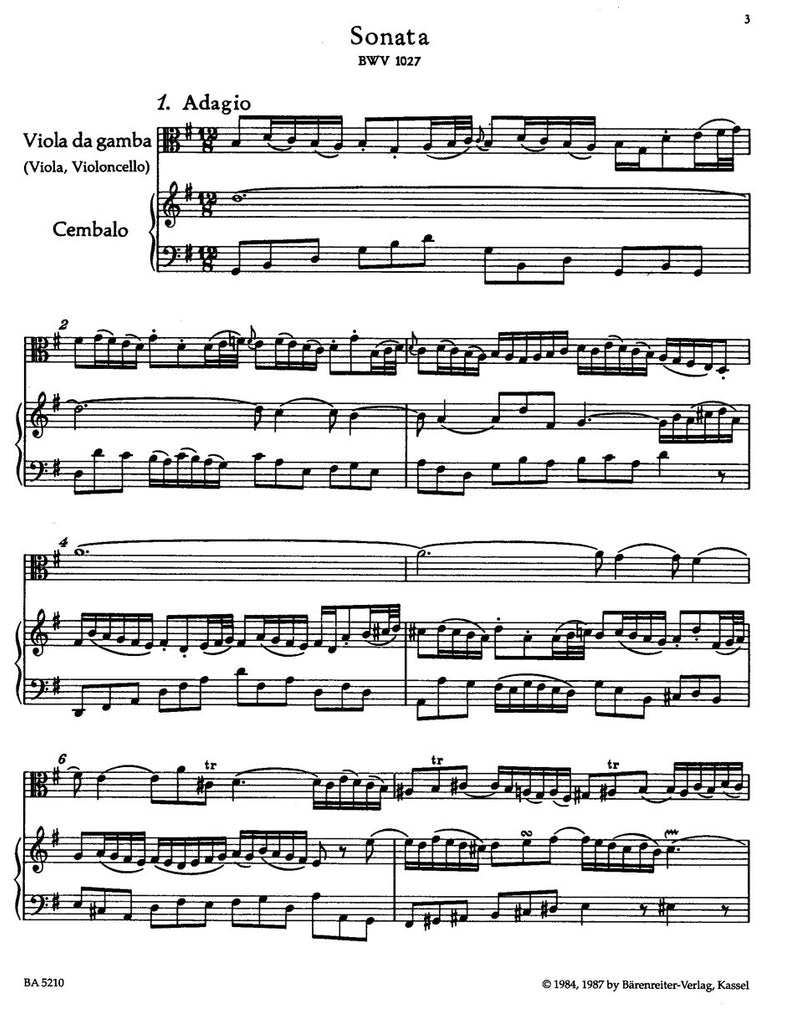
Share this item: